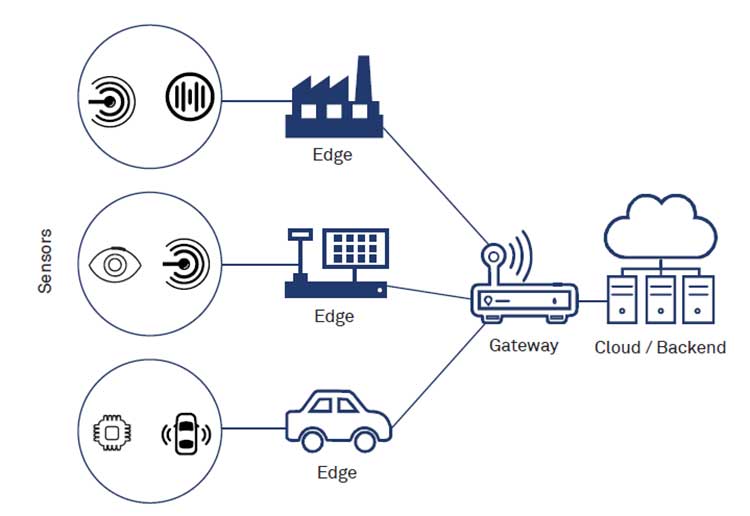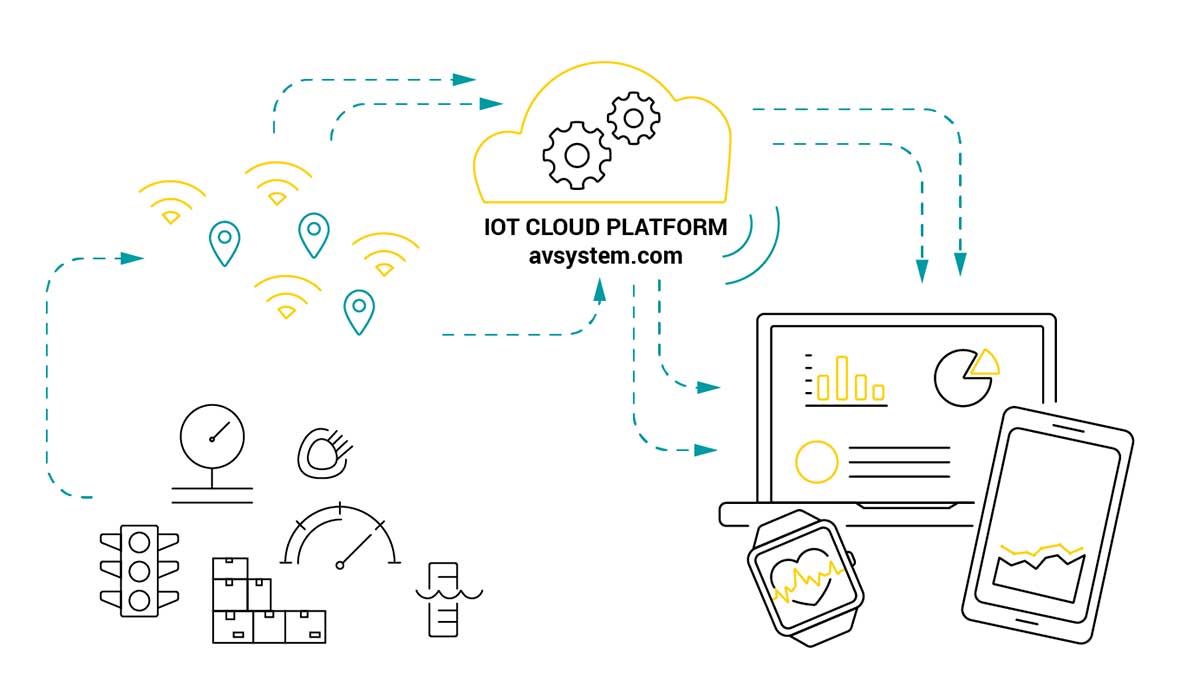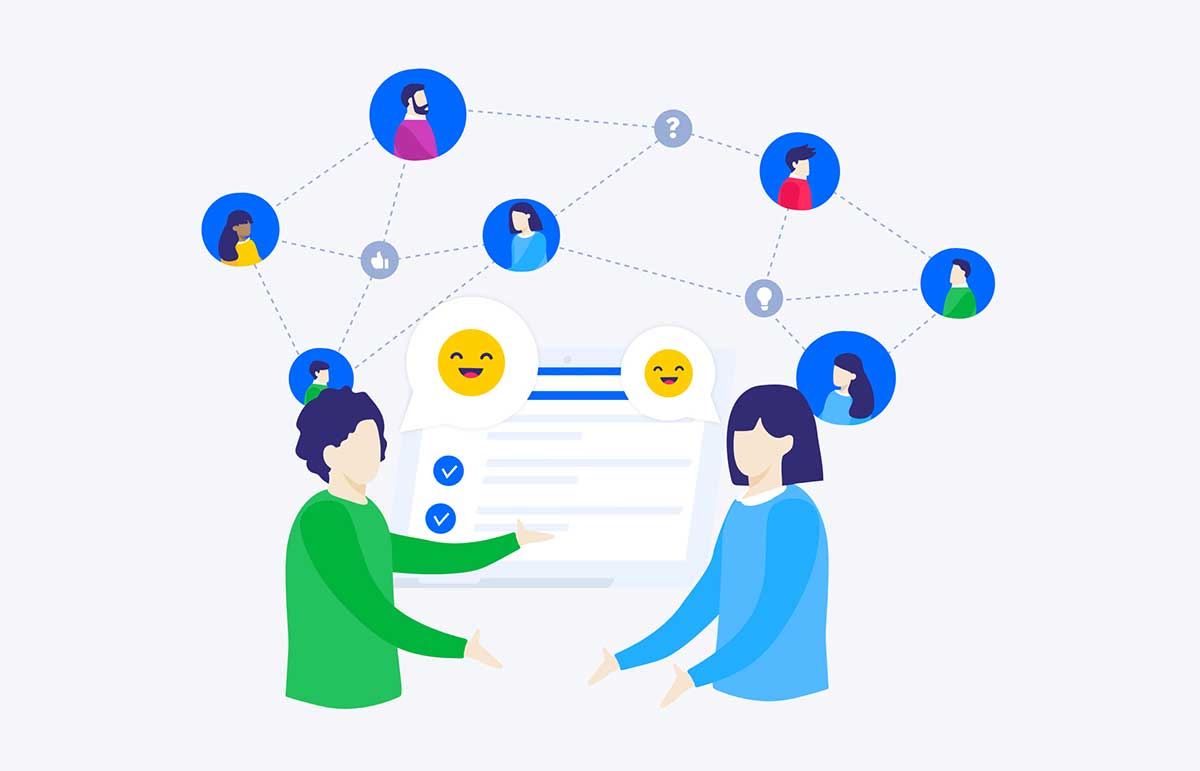How Does IoT Work in Marketing
Originally published: January 24, 2023 02:56:08 PM, updated: January 24, 2023 03:05:02 PM

The Internet of Things (IoT) is not just some kind of buzzword in the marketing industry. IoT is a vital aspect of technology that makes many day-to-day activities possible in the modern age. Since it is very useful in communications, IoT is expected to be a revolutionary tool in marketing.
This article will explain how IoT works and how marketing experts can apply it.
What Is IoT?
IoT is a system of machines or computing devices that share and transfer data over a network without requiring human intervention. Almost all devices that are connected to the internet can generate data that can be used to spot patterns and predict customer behavior. So, instead of sending adverts to everyone, marketers can target people with higher chances of needing the product. This is why IoT is beneficial to the marketing industry.
So, how does IoT send data and information to a larger network? Below is an overview of the process:
1. MQ Telemetry Transport
To be a good marketer in the tech sphere, you need to be knowledgeable about its processes. For example, if you sell an IoT solution, you obviously have to know about MQTT protocol and how it works, including MQTT QoS (Quality of service).
MQTT (MQ Telemetry Transport) is the network protocol used by IoT to transfer data and information from publisher to broker. The quality of an MQTT service is essential in using IoT since it depends on what you want to use the information for.
MQTT QoS comes in three levels which determine how you'll receive data. Using the cheapest level is only a good option if you have a good relationship with the publisher. Otherwise, level two is the best option because this ensures you can receive the information directly.
2. Using Sensors

Sensors are used to collect information; collecting data is the first step to making IoT work. Most devices contain sensors, including your laptop, smartphone, TV, and car, and they can exchange the collected data and help create a stable data chart for you.
Some sensors include GPS trackers, meaning they sense your location and use this to help predict what kind of assistance you need since some advertisements are specific to people in certain places.
3. IoT Gateway
For data to pass between IoT devices and the cloud, a gateway is needed to make this happen. This gateway will facilitate sending information from devices to the cloud and vice versa, making it an integral component of the IoT system.
Aside from merely transferring data, a gateway processes data from various devices and create a single database. The gateway also allows two or more devices to exchange information. If many devices are involved, the gateway acts as a central hub for all the data.
4. The Cloud

The cloud can be considered the brain of IoT. It processes, analyses and stores all the data collected through sensors and transferred to it by the gateway. The cloud processes the data and determines which is irrelevant before sending it out to the end user. Because the cloud contains all collected data, it can create predictive analytics by tracking sequences or patterns, allowing it to create an algorithm.
5. The User Interface
The final step of IoT is delivering data to the end user. The end user then uses it for marketing their products or services or whatever they need the data for. The end user receives the data after it's been analyzed and processed, so it's ready to be applied in various strategies and research.
How IoT Works In Marketing
Now that you know how IoT works in general, it's time you know how it works in marketing, so here are a few things you should know:
1. Personalization
Because IoT makes use of everyday devices to collect information, it's much easier to understand someone's routine, preferences, and needs. This is possible since all your smart devices are linked, allowing IoT to make data analysis on you. It makes it easier for businesses that use IoT to target their customers more personally through emails or pay-per-click ads.
Some businesses send out adverts only to customers whose data show they might be interested in their product. This helps them narrow their focus instead of sending out adverts to everyone, which might be more expensive.
2. Predictive Advertising
Predictive advertising can help you send timely adverts to your customers when they require a product. Without predictive capabilities, a lot of guesswork and trial and error would be needed just to send out ads.
No one likes their internet activities slowed down for an advert of a product they aren't even interested in. Thankfully, IoT has you covered. It can use analytics to predict when you need certain products. For instance, if the company's data shows that their products work best for six months before you buy a new one, they will send you an advert after six months. Some companies will also put sensors inside their products so that when you need to replace them, an advert will be sent to you at the right time.
3. Improvement in Customer Service

For businesses to attract more customers, offering services at the right time is crucial. Using IoT makes it easier to deliver services and fulfill customers' needs since they can send alerts when a customer needs a new item. These notifications can be set to coincide with the expected lifespan of a product.
4. Analyze Purchasing Patterns
IoT helps analyze customers purchasing behaviors, making it easier to understand current demands, needs, and wants. Knowing your customers' preferences will help you create better products and only stock up just enough inventory to meet the demand. This enables businesses to invest in the right amount of product and avoid losses due to spoilage or oversupply.
Analyzing purchasing patterns also helps businesses recommend the right products for each customer. A customer browsing through small kitchen appliances or buying a coffee maker might also be interested in purchasing an air fryer and blender. People who have been looking through makeup products might be later interested in some skincare items. Generally, marketers can predict or anticipate the preferences of each customer based on their purchase history and patterns.
5. Social Media Marketing
Since IoT has all types of devices connected to the internet, it's easy to reach and advertise products that the user is most likely interested in. Ever wondered why ads for an air fryer suddenly pop up on your social media feed after you just talked about getting one? That's IoT at work. Social media ads are beneficial, especially if you want to market to a particular locality. IoT can help make your ads visible to people in the same area.
6. Customer Lifestyle Analysis
Knowing the lifestyle of your customer can help you so much in marketing. Learning about their daily lives and interests can help you reach out more effectively. For instance, it would be unwise to advertise workout products to someone who spends their entire day at a bookshop. So, if you're offering workout supplements, you want to check in on people who have been to the gym recently.
With IoT, it is possible to access search history, calendars, plans, and interests that can help predict customer behavior. For example, a person who has searched for "best gyms near me" might be more interested in getting workout products.
7. Product Development
Product development is being greatly affected by IoT nowadays. For the products to satisfy customer expectations, they rely on IoT and its ability to collect data. Not only does it help in the development of the quality of goods but also in the number of products created through customer purchase analysis. This also means that companies don't lose as much money as they used to since they have a clearer understanding of their target market.
8. Customer Engagement

IoT helps marketers understand their customers more through the use of smart devices. Through the use of smart devices, communication with customers is always open. IoT also helps keep track of the relationship history between the brand and the customer. This enables businesses to customize products and services to fit customer preferences.
Email marketing strategists can take advantage of IoT. Companies can now send customized emails to a segmented group of customers. These segments may be categorized depending on the preferences and history of each customer.
For example, customers who haven't purchased an item in a month might be enticed to shop again when they're given a limited-time discount. Another group, which was tracked to have made five purchases in six months, could be segmented and given freebies.
Conclusion
IoT has made significant strides in the marketing industry. Market research is now more convenient and faster, thanks to IoT's data-gathering capabilities. As such, businesses can easily predict what the market needs. The personalization that comes with IoT is one of its best parts, as it keeps engagement with customers open. Overall, it improves marketing and customer relations effectiveness for many businesses.
Join over 130,000 SEO and Google Ads experts. We provide a community to help you engage and learn from industry experts and influencers. Join Now
What if your entire business could run itself — and your work hours got shorter?